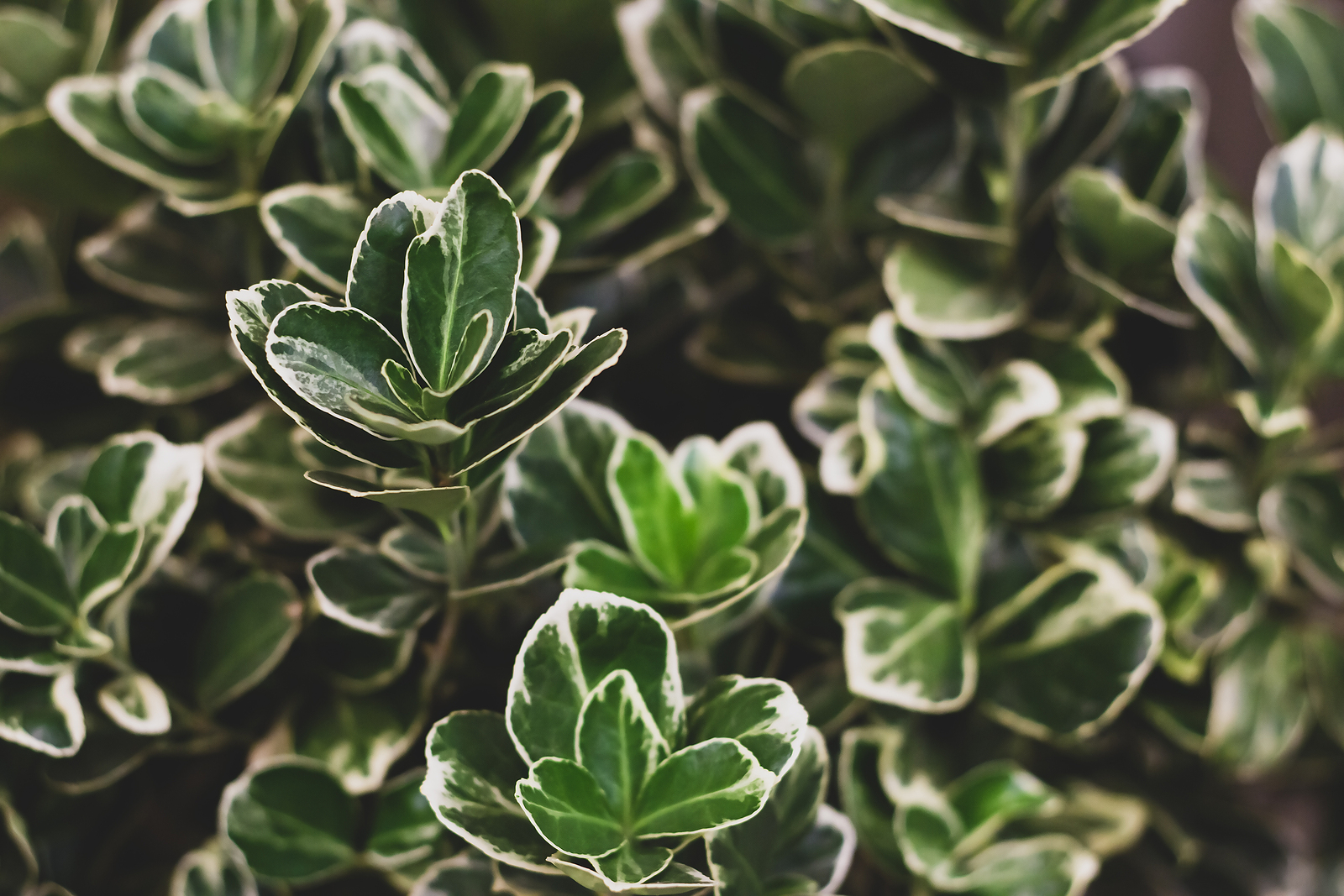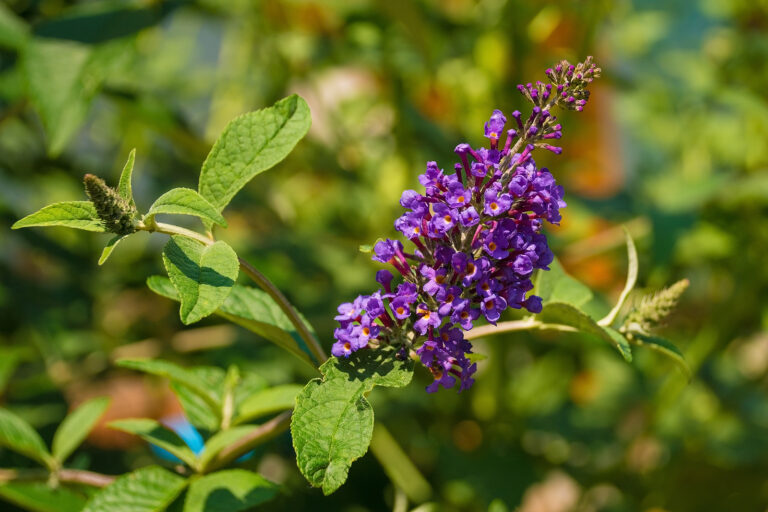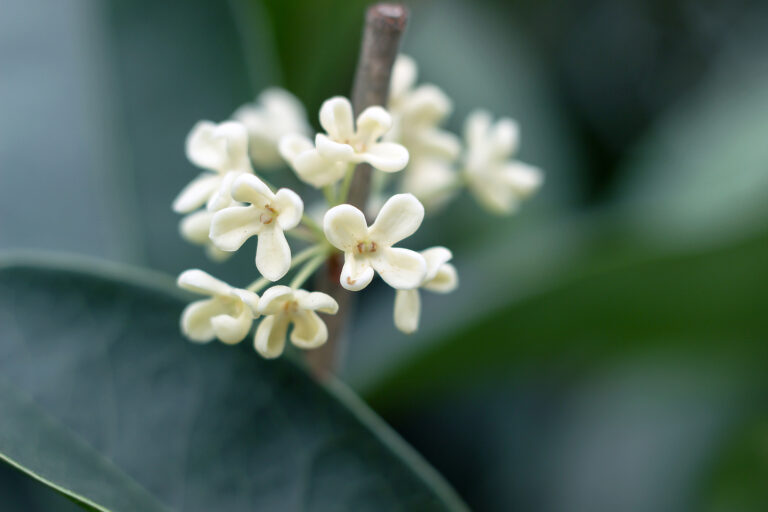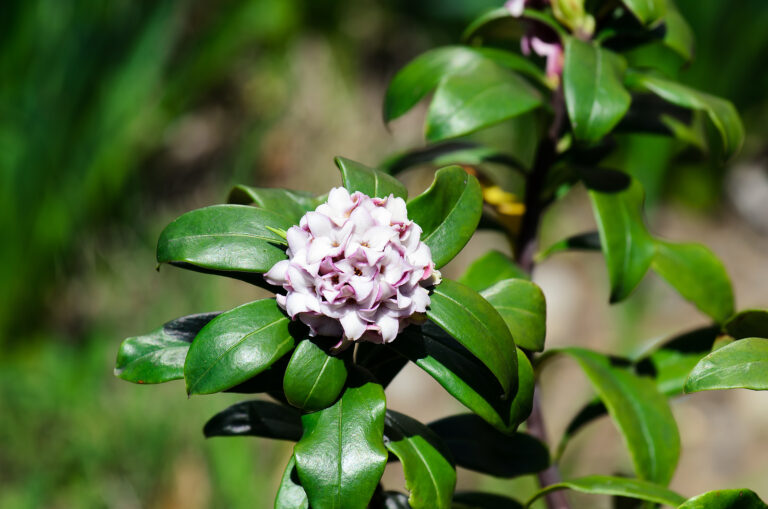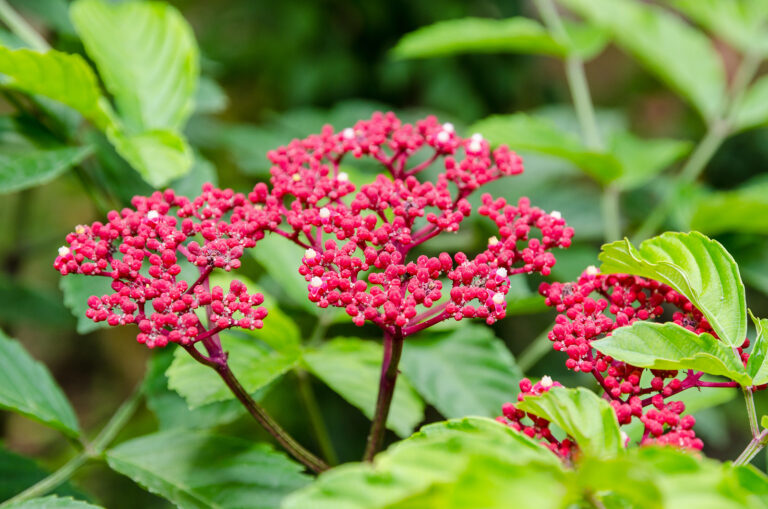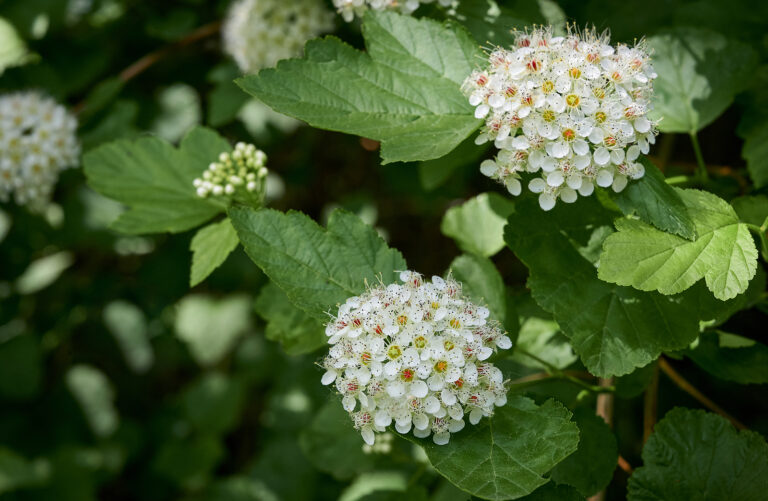How to Grow Euonymus
Euonymus is a genus of 175 species that include evergreen and deciduous shrubs and evergreen vines. Deciduous types are valued for their brilliant fall leaf color and prominent fruit; evergreen types are used often as landscape foundation and structure plants.
Most Euonymus tolerate a range of light conditions, from full sun to fairly deep shade. Deciduous types give the best display of fall color in full sun. The color of variegated types is most pronounced in full sun.
Euonymus is extremely versatile and so is often used in landscape designs. Perhaps its only setback is its susceptibility to scale insect and sometimes fungal disease, but insect attack is often avoided if the soil stays evenly moist and plants are occasionally pruned to remove dead or broken branches.

Get to know Euonymus
- Plant type: Evergreen or deciduous shrub
- Growing zones and range: Zones 4 to 9 depending on the variety
- Hardiness: Hardy to Zone 4; Euonymous can suffer frost burn
- Optimal growing temperature: day 55° to 60°F (13°-16°C), night 40° to 45°F (4°-7°C)
- Height and width: 3 to 10 feet (1-3m) tall and wide, varies with variety
- Foliage: Shiny leaves, winged fruit, and (on some) blazing fall red color. Leaves are simple, alternate or opposite, usually lanceolate or ovate and less than an inch to 4 inches (2.5-10cm) or longer. The deciduous species typically have spectacular fall colors.
- Flowers: Flowers are inconspicuous.
- Fruit: Squarish, “hatbox” fruit.
- Bloom time: Flowers are inconspicuous.
- Uses: Evergreens are good for landscape structure. Use them as specimens, in the shrub border, or in masses; can be grown as a houseplant
- Garden companions: Variegated vines good with deciduous trees; shrubs with cotoneasters.
- Common name: Spindle tree
- Botanical name: Euonymus
- Family name: Celastraceae
- Origin: Woodland thickets in Asia
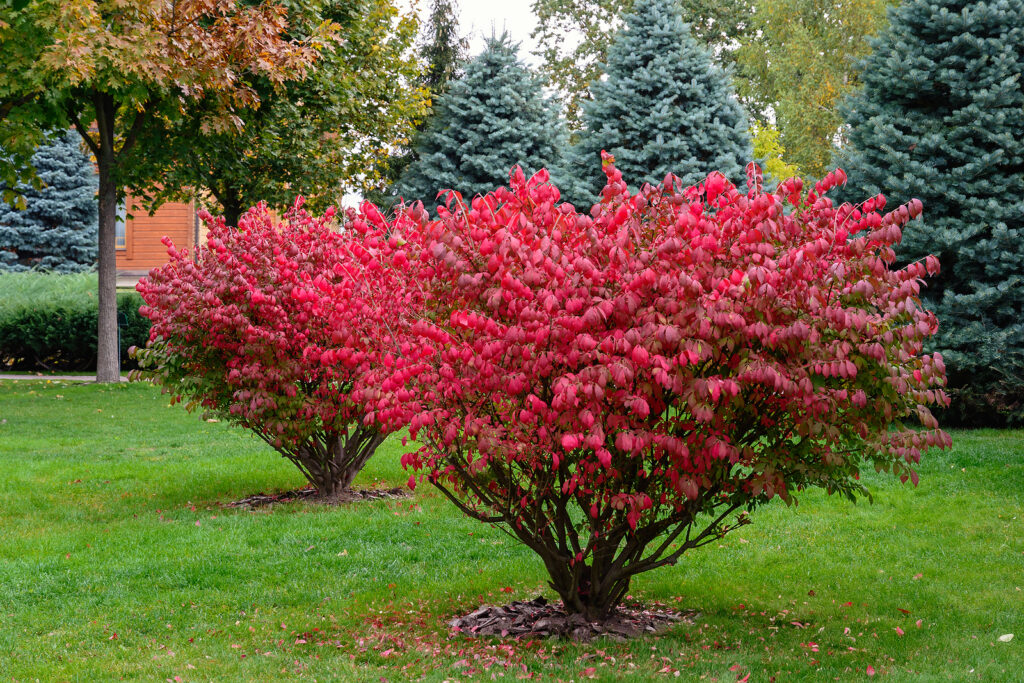
Where to plant Euonymus
- Plant Euonymus in full sun or light shade. Most species tolerate a range of light conditions; deciduous kinds with fall color give the best display in sun.
- Indoors give Euonymous bright light.
- Plant Euonymus in moist, well-drained soil. Indoors plant in an all-purpose potting mix.
- Plant Euonymus in a sheltered location away from cold or drying winds.
- Variegated cultivars need the sun to enhance leaf variegation.
When to plant Euonymus
- Root greenwood cuttings of deciduous species and semi-ripe cuttings of evergreens in summer.
- Sow seeds in containers in a cold frame when ripe.
Planting and spacing Euonymus
- Spacing varies with variety; generally 4 to 8 feet (1.2-2.4m) apart for most shrubs.
How to water and feed Euonymus
- Give Euonymus regular to moderate water.
- Feed Euonymus in spring with an all-purpose organic fertilizer.
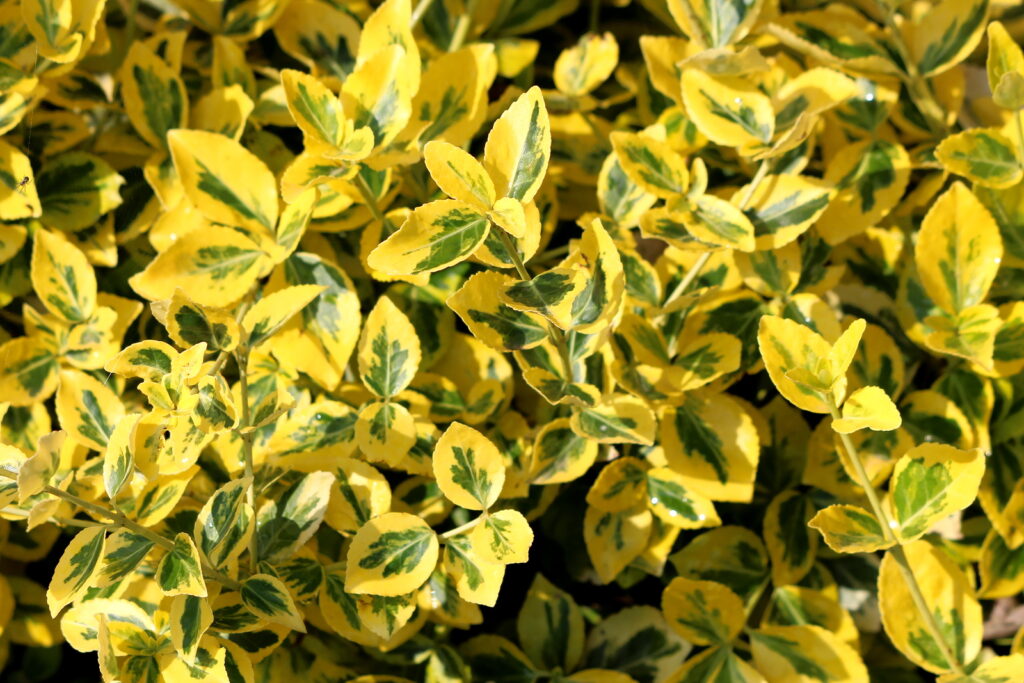
How to care for Euonymus
- Euonymus does not require pruning, but some species are prone to scale.
- Shelter evergreens from cold, drying winds.
Growing Euonymous as a houseplant
- Euonymous japonica is often grown as a houseplant.
- Give Euonymous bright light, cool room temperature, and medium humidity.
- Allow the soil to become slightly dry between waterings; too much water can cause the leaves to drop.
- Fertilize Euonymus every two weeks to monthly during spring and summer. Use a mild liquid fertilizer
Euonymus pests and diseases
- Euonymus can develop dieback, leaf spots, and powdery mildew.
- Euonymus can develop mites, aphids, leaf miners, mealybugs. Euonymus scale can be devastating.
Euonymus propagation
- Euonymus softwood cuttings root easily in summer.
- Euonymus layering is easy in spring.
- Sow seeds when ripe in containers in a cold frame.
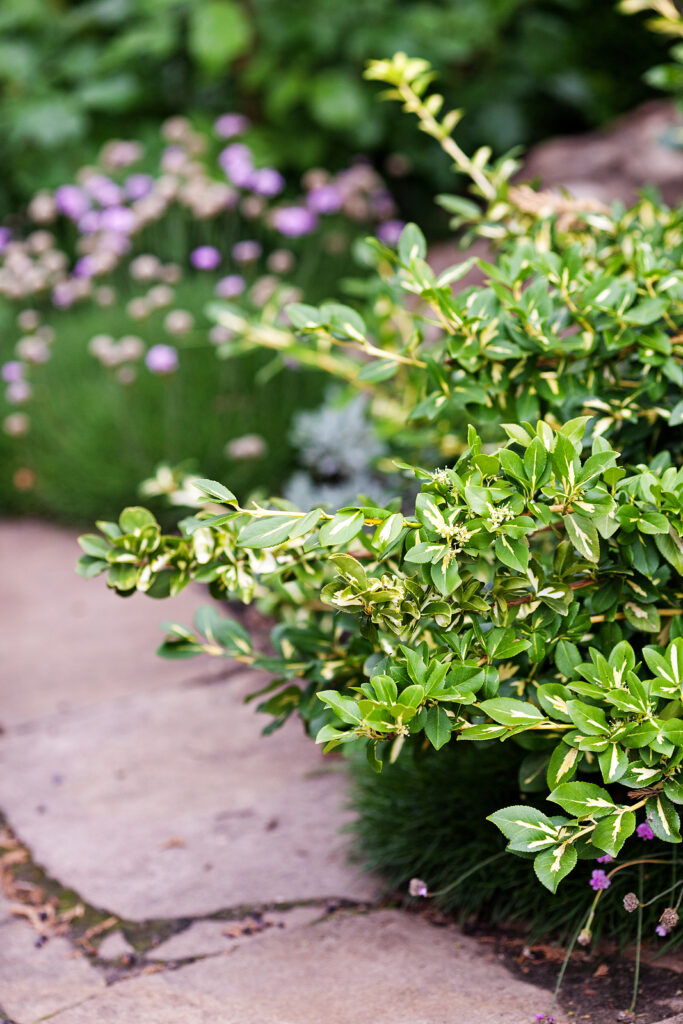
Euonymus varieties to grow
- E. alata, winged euonymus: deciduous shrub; nursery tags may indicate a much smaller plant, but the species can reach 15 to 20 feet (4.5-6m) high and wide.; dense, twiggy, flat-topped, with horizontal branching; twigs have flat corky wings that disappear on older growth; fruit is smaller and less profuse than that of E. europea, fall color is impressive: the dark green leaves turn flaming red in autumn–in shade, fall color is pink. Cultivar ‘Compacta’, a smaller plant, 6 to 10 feet (2-3m) high and a little narrower, with smaller corky wings, but is not as hardy. Use both species and variety as a screen or alone, against dark evergreens for the greatest color impact. ‘Compacta’ also makes a good unclipped hedge or foundation plant.
- E. alatus, burning bush: has excellent fall color and small purplish fruits; stems have odd, corky “wings” that are obvious after leaves drop.; grows10 to 18 feet (3-5.5m) tall; best in Zones 4 to 9.
- E. americana, strawberry bush: deciduous shrub, native to eastern and southern U.S; multi-stemmed, suckering shrub with green stems; grows to 6 feet (1.8m) high; leaves ae medium green, to 3 inches (8cm) long, lacking the fall color of E. alata; fruits are warty, bright red, up to .75 inches (1.8cm) in diameter; tolerates shade; use in native woodland plantings; well-behaved plant.
- E. europea, spindle tree: deciduous large shrub or small tree; can eventually reach 30 feet (9m) tall; narrow when young, becoming rounded with age; leaves are dark green; fall color varies from yellowish-green to yellow to red; fruits are the ornamental–a profusion of pink to red capsules open to reveal bright orange seeds. Cultivars include: ‘Aldenham’ (‘Aldenhamensis’) produces profuse large pink capsules on long stems; ‘Red Cascade’ bears rosy red capsules. Full sun or partial shade. Scale is often a serious problem.
- E. fortunei, wintercreeper: clinging vine or mound-forming sub-shrub, and the hardiest of the evergreen vines; can reach 15 feet (4.5m) in height; if this plant is used as a shrub, its branches will trail and sometimes root; left to sprawl, it makes a good groundcover, in a spreading mass of 20 feet (6m) or more; prostrate forms can be used to control erosion; leaves are dark rich green, 1-2.5 inches (2.5-6.5cm) long, with scallop-toothed edges; flowers inconspicuous; mature growth, like that of ivy, is shrubby and bears fruit; cuttings taken from this shrubby wood produce upright plants. Many cultivars vary in foliage color; some are variegated, while others are gold, red, or purple in fall. Zones 5 to 9.
- E. japonicas, Japanese spindle tree: popular small tree and ornamental shrub in the warm winter regions; grows to 12 feet (4m); best in Zones 6 to 9; flowers inconspicuous; older shrubs can be trained as trees, pruned and shaped to show their curving trunks and umbrella-shaped tops; can be grouped as hedge or screen; leaves very glossy, leathery, deep green, 1 to 2.5 inches (2.5-6.5cm) long, oval and roundish; very tolerant of heat, unfavorable soil, and seacoast conditions, but pest prone–notorious for powdery mildew, except in the Pacific Northwest; to lessen mildew risk, place in a full-sun location where air circulation is good.

